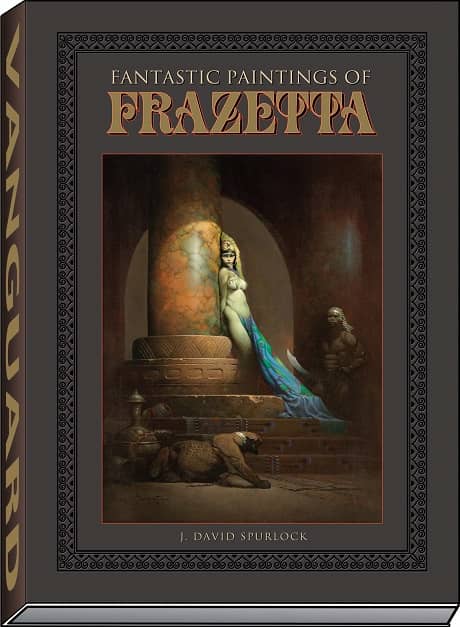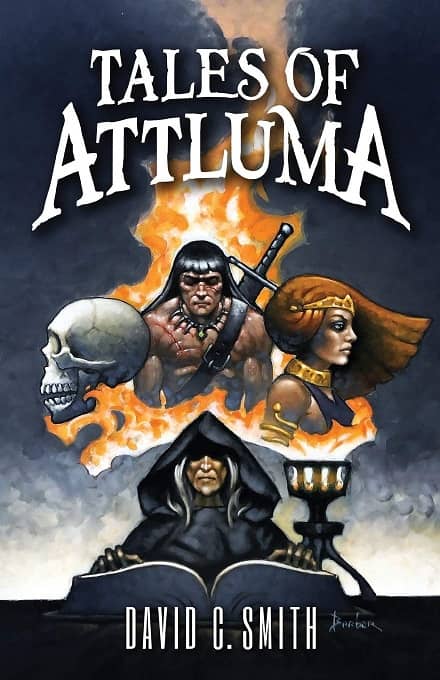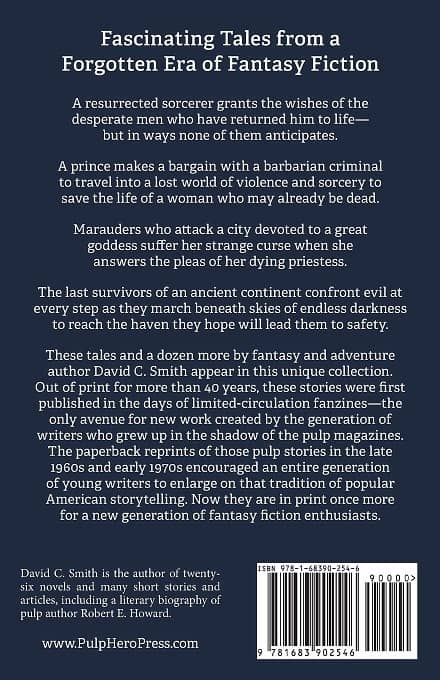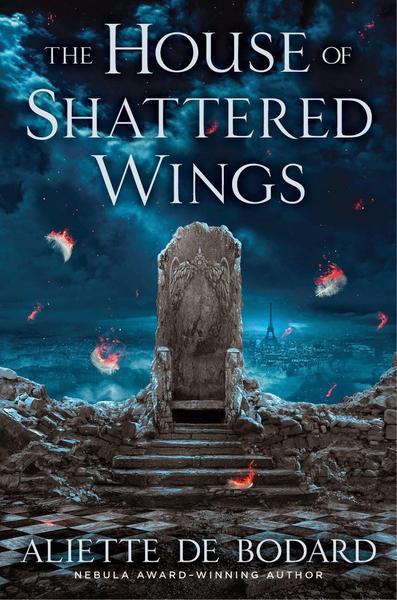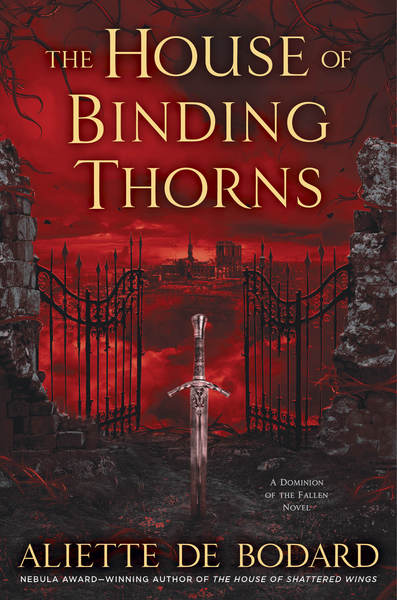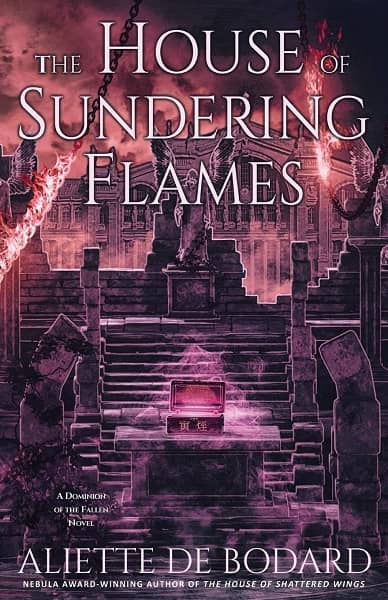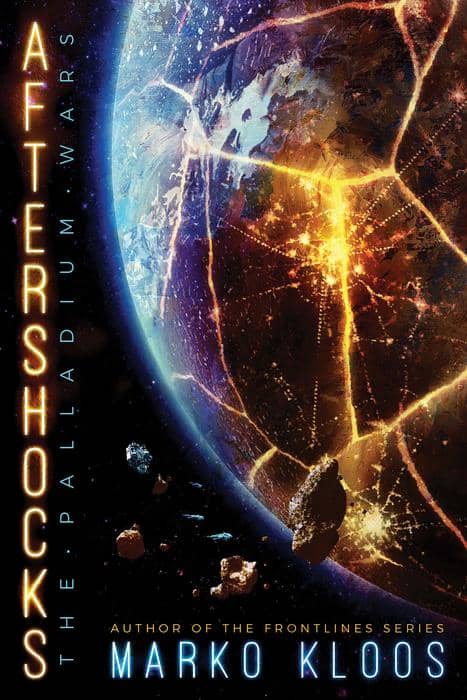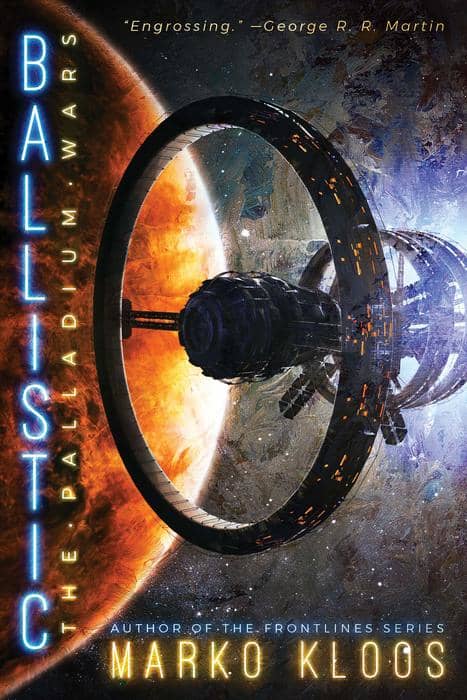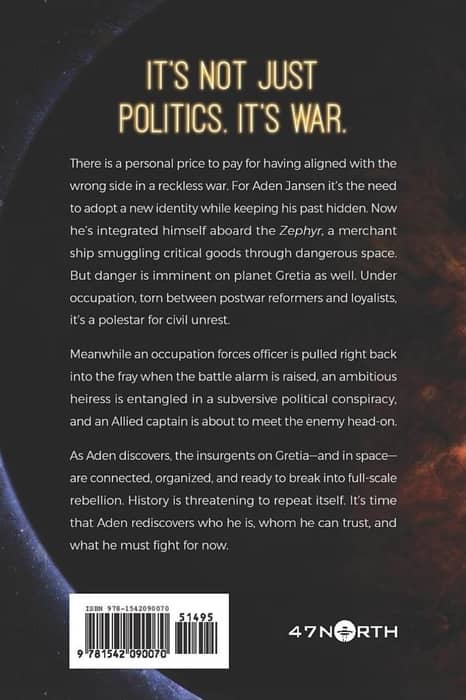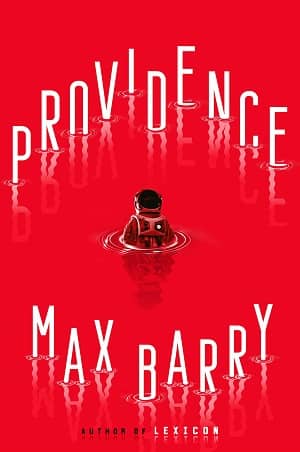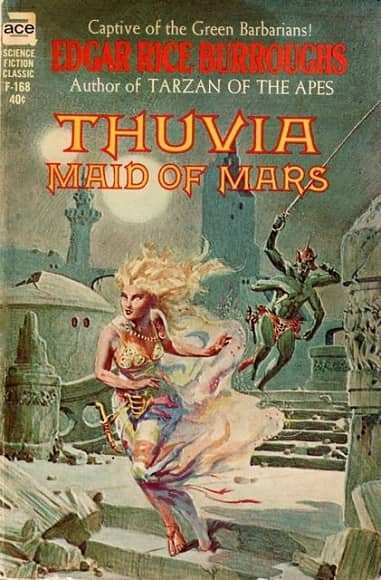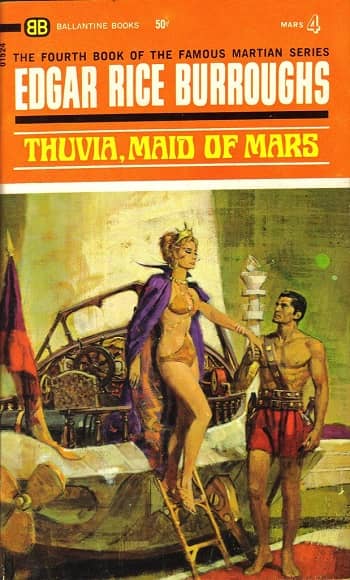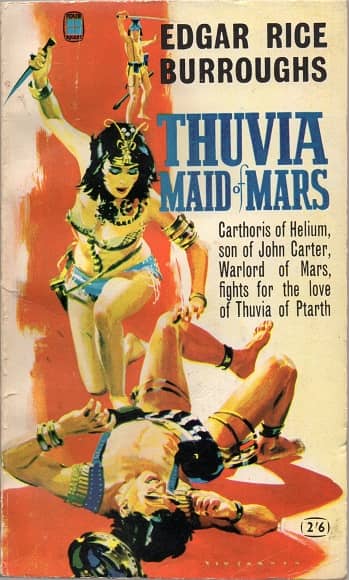New Treasures: The Aleph Extraction, Book II of The Galactic Cold War by Dan Moren
 |
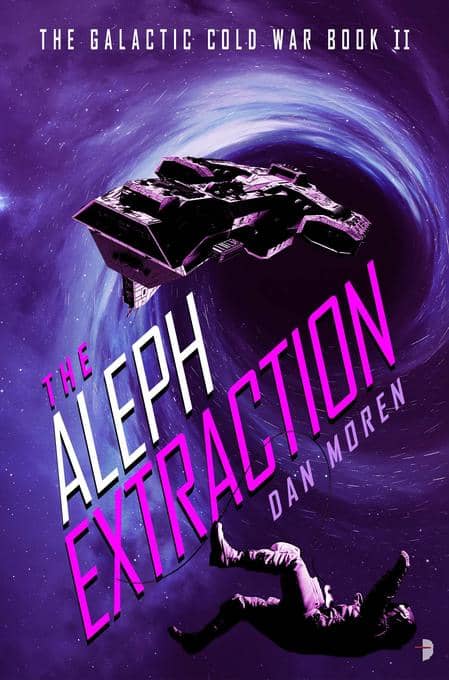 |
The Galactic Cold War novels, from Angry Robot.
Cover for The Aleph Extraction by Georgina Hewitt.
I met Helene Wecker at the World Fantasy Convention two years ago, at a reading for her novel The Golem and the Jinni, and she impressed me with her knowledge of (and passion for) the genre. Someone like that you pay attention to. So when she called the opening novel in Dan Moren’s Galactic Cold War series “Ocean’s Eleven in zero gravity,” it stuck in my mind.
She wasn’t the only one to notice. Publishers Weekly called The Bayern Agenda “one of the most entertaining genre mashups within an astronomical unit.” I hate being left out, so I bought a copy and wrote about it here, just so I could sound hip too. The second in the series arrived right on time from Angry Robot this month; here’s the description.
Aboard a notorious criminal syndicate’s luxurious starliner, Commonwealth operative Simon Kovalic and his crew race to steal a mysterious artifact that could shift the balance of war…
Still reeling from a former teammate’s betrayal, Commonwealth operative Simon Kovalic and his band of misfit spies have no time to catch their breath before being sent on another impossible mission: to pull off the daring heist of a quasi-mythical alien artifact, right out from under the nose of the galaxy’s most ruthless crime lord.
But their cold war rivals, the Illyrican Empire, want the artifact for themselves. And Kovalic’s newest recruit, Specialist Addy Sayers, is a volatile ex-con with a mean hair-trigger who might put the whole mission at risk. Can Kovalic hold it all together, or will the team tear themselves apart before they can finish the job?
The Galactic Cold War series is definitely getting interesting quickly. The Aleph Extraction was published by Angry Robot on May 12. It is 418 pages, priced at $15.99 in trade paperback and $8.99 in digital formats. The cover art is uncredited.
See all our recent New Treasures here.
